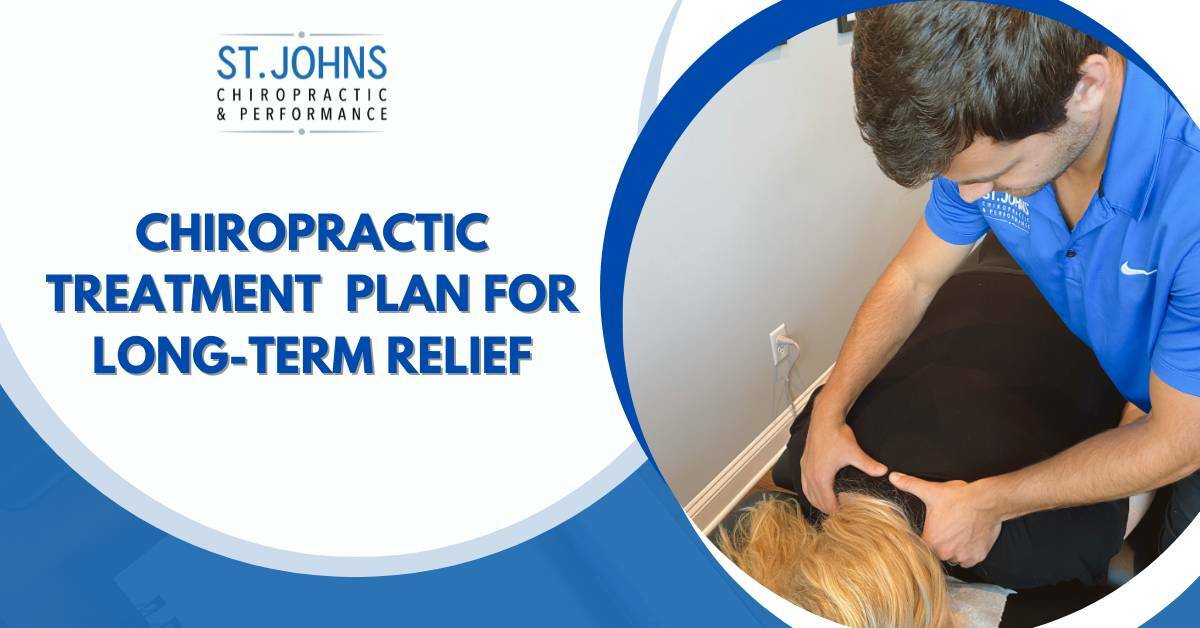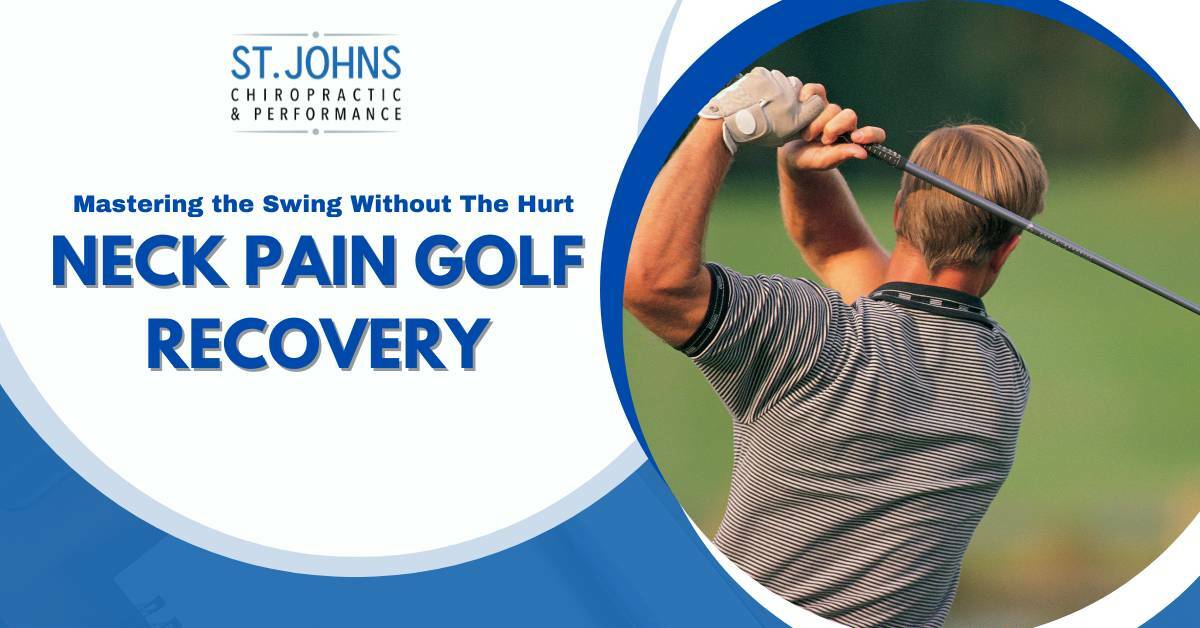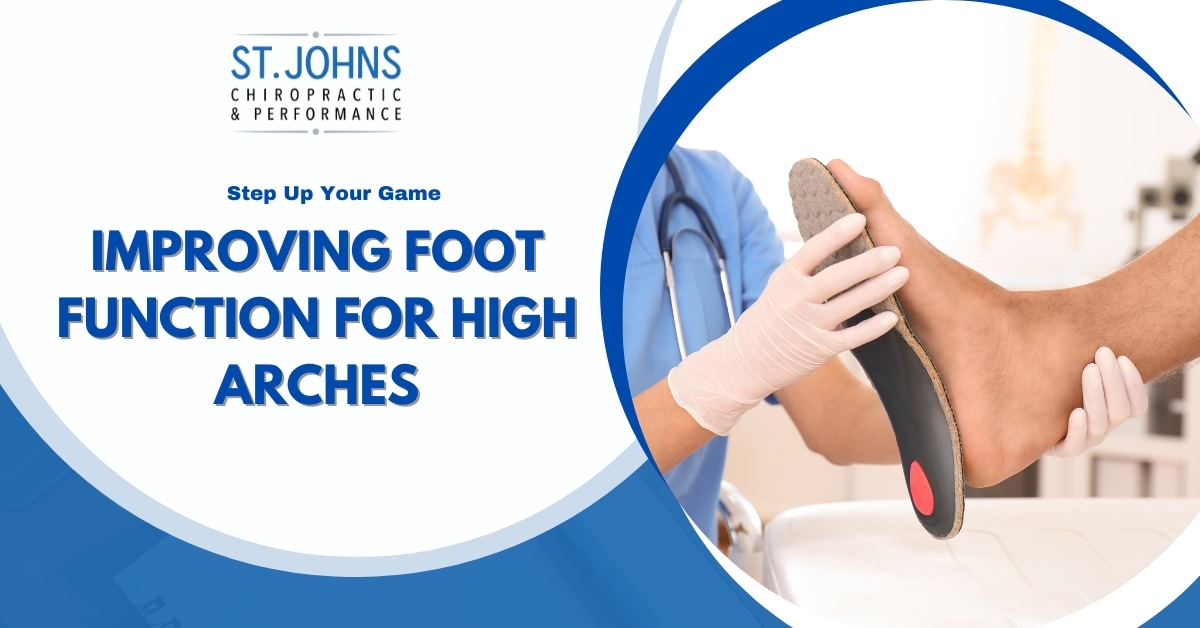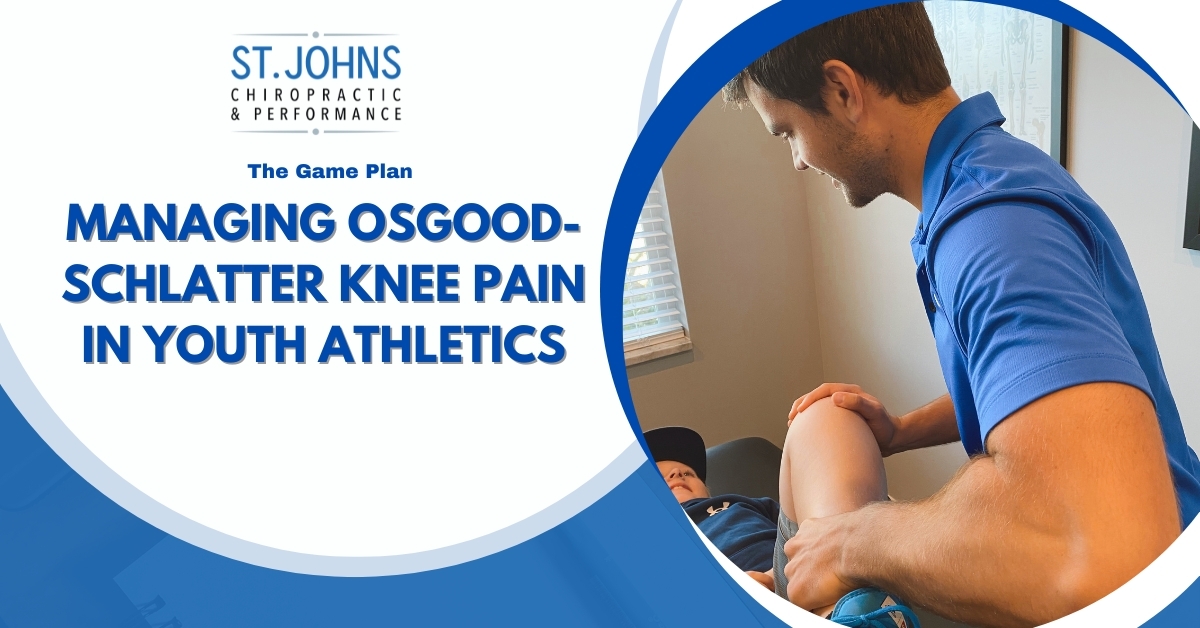Over 30 million kids in adolescents participate in organized sports in the United States each year! Our kids and teenagers here in Northeast Florida certainly play a big role in that number. It is also been showing the sports are the leading cause of injury in adolescents. (1) The yearly costs for diagnosing and treating youth sports injuries have been estimated to be as high as $1.8 billion. (2)
There are many factors and reasons that play into this including early sports specialization, not enough injury prevention, and heavy variation in workload in stress. The most common injury in youth athletics are muscle strains! A muscle strain is an injury that is caused by stretching or exerting a muscle beyond its normal limits. (2)
Muscle strains can happen as a result of a sudden movement that was too extreme for the body to handle, but usually it happens because of repeated movements that eventually breakdown the soft tissue. This breakdown can cause inflammation (with or without swelling), warmth around the injury (from a rush of blood flow to the area), and pain that can occur with movement and sometimes at rest.
Common sports that young athletes strain muscles in include baseball, soccer, golf, basketball, football, lacrosse, and track. The location of muscle strains on the body can different from sport to sport but some of the most common locations for muscle strains are the groin, hip flexors, quadriceps (quad), knee, calf (above the ankle), and the elbow.
Muscles strains can look very similarly to ligament sprains or tendonitis/tendinopathy. In some cases, the treatment would be similar with a muscle, ligament, or tendon injury; but in other cases the treatments could greatly differ. This is why going to a sports injury specialist that is familiar with diagnosing and treating young athletes is important!
Diagnosing a Sports Injury
Consulting with a sports injury expert is a sure way to find out if your young athlete has suffered a muscle strain or not. This is often a sports chiropractor, physical therapist, or even a orthopedic doctor if you think the injury is severe enough.
The best sports chiropractor near you, will find out from you how exactly the injury happened and some other clues specific to the injury. Then they will take you through a thorough assessment and evaluation. They will test out the injured area and figure out if you have a muscle strain or not. If it is a muscle strain, it will often have pain and/or weakness when loading the muscle.
This could be from stretching or contracting the muscle. Not all stretching or contracting movements will trigger the muscle pain with a muscle strain. It is unique to the injury and the individual. A sports medicine specialist in Saint Johns will be able to load your muscles in different ways to figure out what pain triggers your muscle strain has and how that relates to your sport and recovery time.
Diagnostic imaging is occasionally necessary for muscle strains but certainly not always. An MRI (magnetic resonance imaging) will be able to show the muscle most clearly and the degree of damage that has been done to the tissue. This is an accurate way of determining if there was a muscle strain and classifying the grade of muscle strain. Not all muscles strains truly need imaging, and your clinician will make the decision if imaging is appropriate or not. An x-ray (radiograph) is not necessary and will not provide much helpful information.
Timelines for Healing and Recovery
There are 3 different grades for muscle strains (Grade 1, Grade 2, and Grade 3). Many factors go into deciding which grade of muscle strain your youth athlete has with the most important being the physical exam.
Recovery from a muscle strain is dependent on the grade of strain, the athlete, the treatment, and the sport. Generally, Grade 1 strains often recover in a matter of several days or a couple weeks. Grade 3 strains or muscle tears on the other hand can take many months to fully heal (often over 3 months).
Certain treatments can be done to speed up the recovery time of your muscle strain and get you back to playing your sport sooner! Our blog The Best Treatment for a Muscle Strain discusses the best treatment strategies to recover from your muscle strain and prevent future injury! Also checkout one of our past blogs and social media posts on Treating a Muscle Strain in a Youth Baseball Player!
Aside from muscle strains, we have helped other patients and youth athletes recover from foot and knee pain, plantar fasciitis, ankle sprains, headaches, shoulder and elbow pain, low back pain, and tendonitis! It is our goal to get you out of pain quickly and rehabilitate your injury so that you can get back to enjoying the sports that you love with your teammates!
If you know someone in the Saint Johns, Florida area (Durbin Crossing, Aberdeen, RiverTown, Julington Creek Plantation, Beachwalk, Silverleaf) who is not able to live the active lifestyle that they want because of an injury or pain and could benefit from our thorough approach and comprehensive care, please share this post with them or send them our way!
We are conveniently located just south of Jacksonville in between CR 210 and Race Track Road, near where St. Johns Parkway and Longleaf Pine intersect! Right across the street from Patriot Oaks Academy in the 32259 zip code! Only 4 minutes from Durbin Park! We are committed to offering the best chiropractic care near you!
We help active adults & youth athletes get out of pain quickly & rehabilitate their injuries so they can get back to doing what they love pain-free!
References




